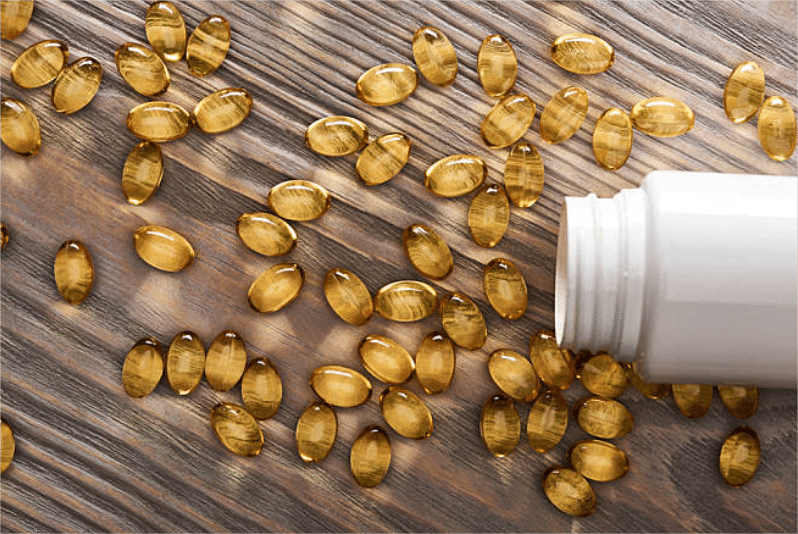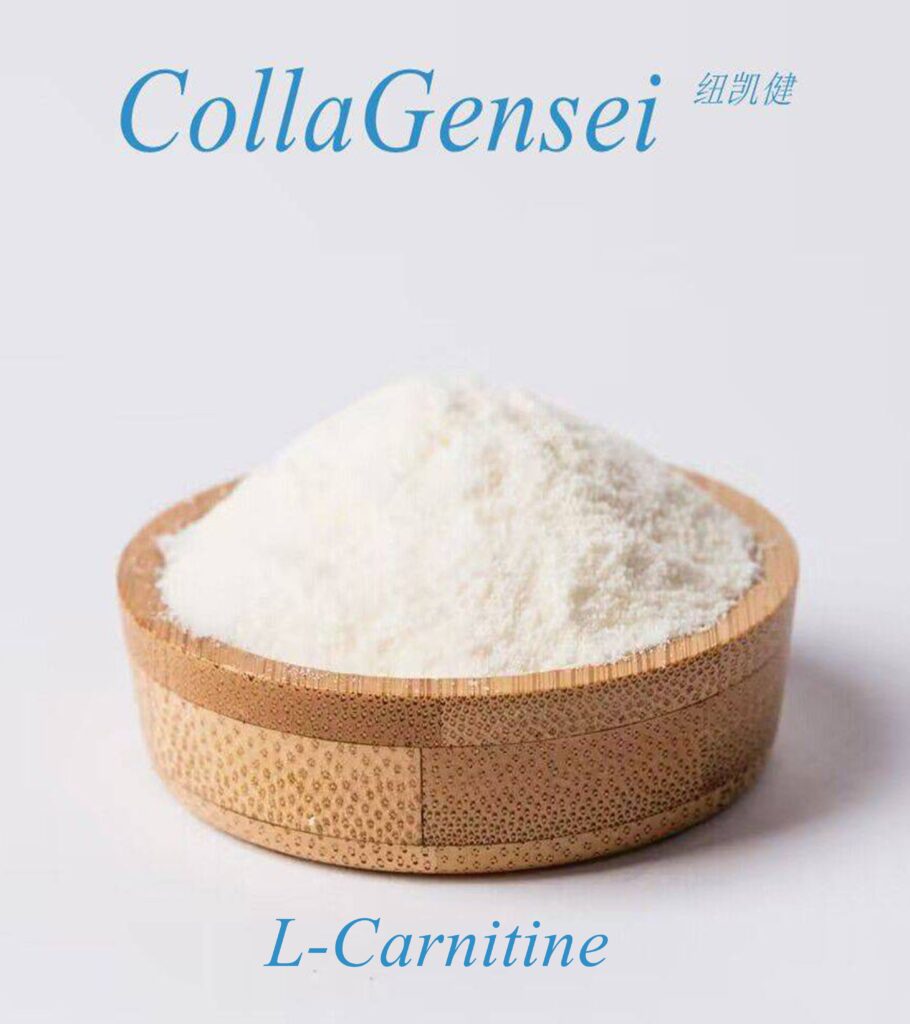There are a large number of health products on the market that can help alleviate women’s anxiety issues, including premenstrual anxiety, obesity, bad mood, etc. One of the key ingredients in these health products is evening primrose oil or borage oil. This article will compare and study the two, providing comprehensive knowledge on the topic.
Introduction
- Evening primrose, is an important wild plant resource in the Changbai Mountain area of Northeast China. Most of its production areas are in North America, South America, Argentina, and China. Evening primrose oil is mainly derived from evening primrose seeds, extracted by cold pressing or low-temperature extraction with a butane mixed solvent, containing about 90% unsaturated fatty acids, with the highest content being linoleic acid, about 70%, and about 7-10% GLA.
- Borage, also known as glass lettuce, glass flower, is originally from the Eastern Mediterranean region (Europe and North Africa), and is now widely cultivated in Europe and North America. Borage oil is a plant oil obtained by pressing or cold extraction of lettuce seeds, rich in calcium, potassium, minerals, and up to 25% gamma-linolenic acid.
- Growth conditions
- Evening primrose: It has strong adaptability, requires low soil fertility, is tolerant to acidity and drought, and is mainly produced in North America, South America, Argentina, and China.
- Borage : Strong adaptability, likes sunlight, prefers well-drained sandy loam soil, tolerant of high temperature and heavy rainfall.
- Content of GLA
Evening primrose oil contains approximately 10-17% GLA, while borage oil contains about 24-25% GLA, making it the richest natural source of GLA among plant oils, so borage oil is clearly superior.
- Production and price
Evening primrose oil is produced earlier and is more commonly seen in the market, so its price is relatively lower, while borage oil has a lower production volume and entered the market later, so its price is higher.
- Function
- Skincare and anti-aging: Evening primrose oil and borage oil contain gamma-linolenic acid, which is more active than other gamma-linolenic acids, and can effectively improve skin metabolism and reduce skin moisture loss. In addition, borage oil’s antibacterial and anti-inflammatory properties can greatly reduce dryness and itching caused by skin problems such as acne, eczema, and psoriasis.
- Slimming and Fat Loss: Rich in alpha-linolenic acid can promote the activity of brown fat mitochondria, accelerate calorie consumption, and have a therapeutic effect on obesity.
- Breast care: The intake of linolenic acid can promote the development of prostaglandins, help in the synthesis of female hormones, activate mammary gland cells, and restore the fullness of adipose tissue. In addition, the combination of borage oil and evening primrose oil is also helpful for breast hyperplasia and postoperative healing.
- Relieve premenstrual syndrome: Linoleic acid can effectively regulate female hormone secretion, relieve premenstrual syndrome, including bloating, headaches, breast tenderness, and can also stabilize emotions.
- Relieve depression and sadness: St. John’s Wort is known as the “anti-anxiety herb,” and when used in combination with anti-depression essential oils, it can effectively improve mood and restore a good mood.
- Maintaining the skeletal system: Glass lettuce oil is a natural remedy for rheumatoid arthritis pain, and when used in combination with evening primrose oil or fish oil supplements, its therapeutic effects are even better.
https://www.collagensei.com/wp-content/uploads/2024/07/Evening-Primrose-Oil-vs-Borage-Oil-Comprehensive-Guide-to-Health-Benefits-and-Uses-300×199.png




